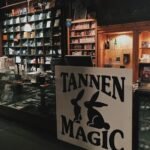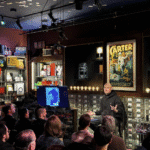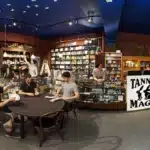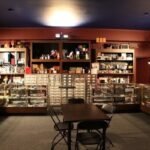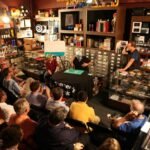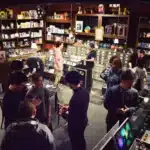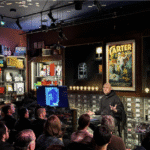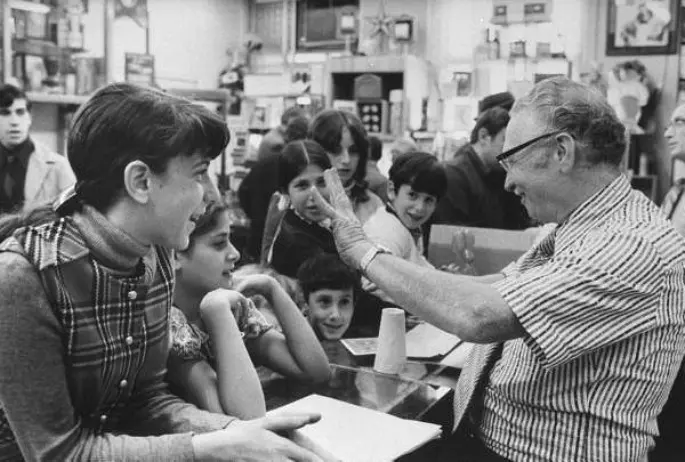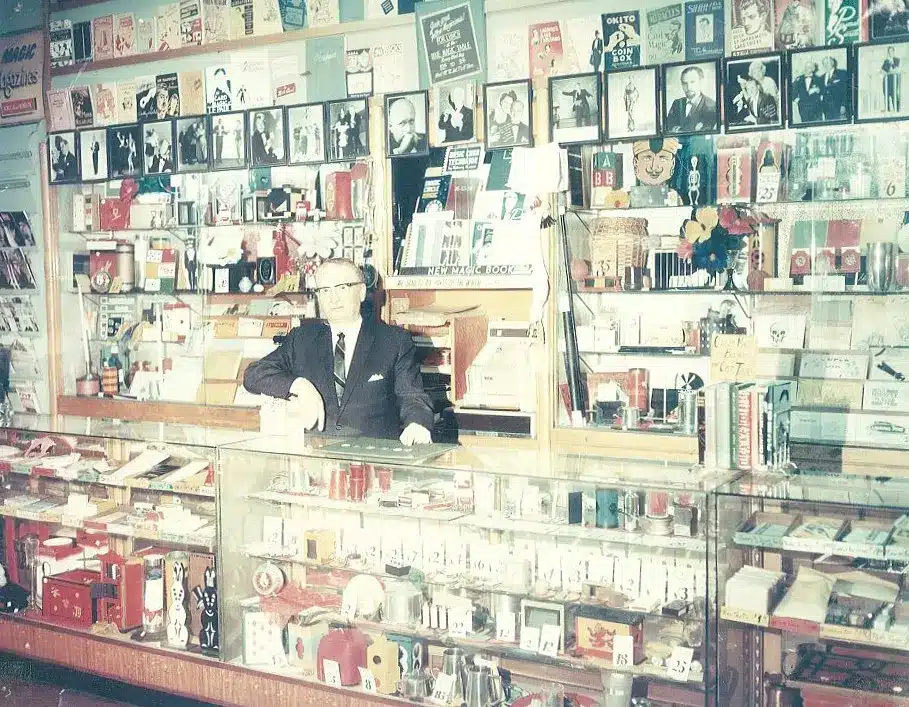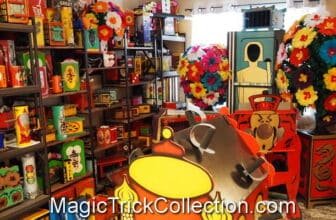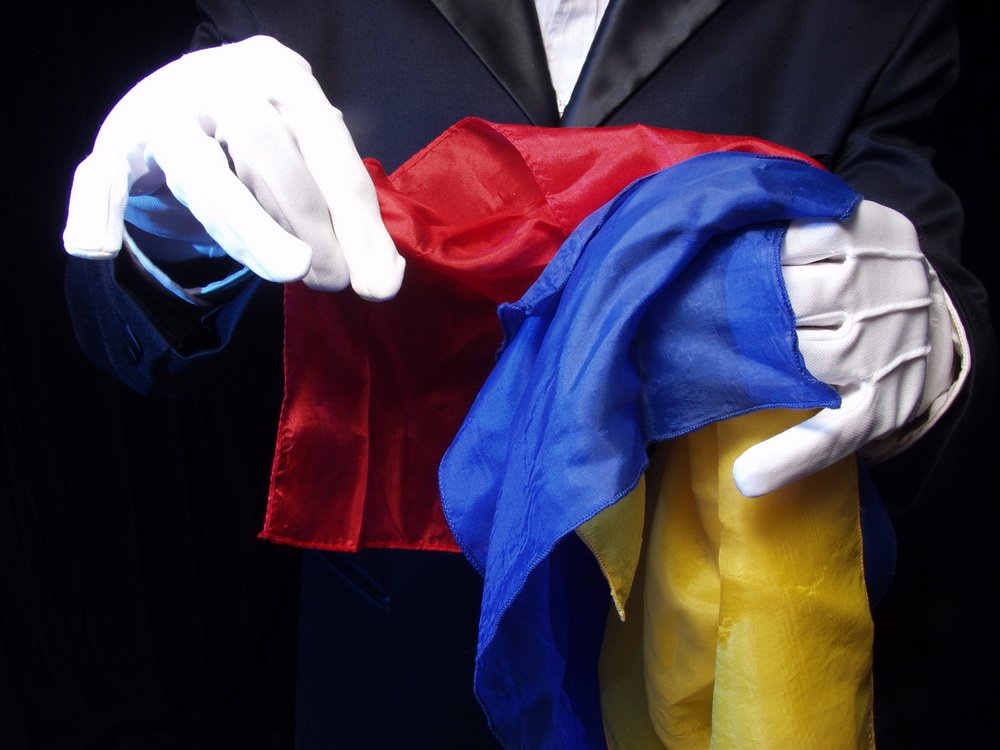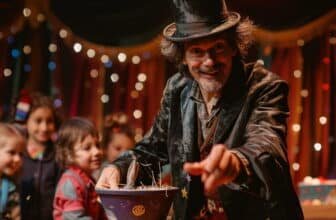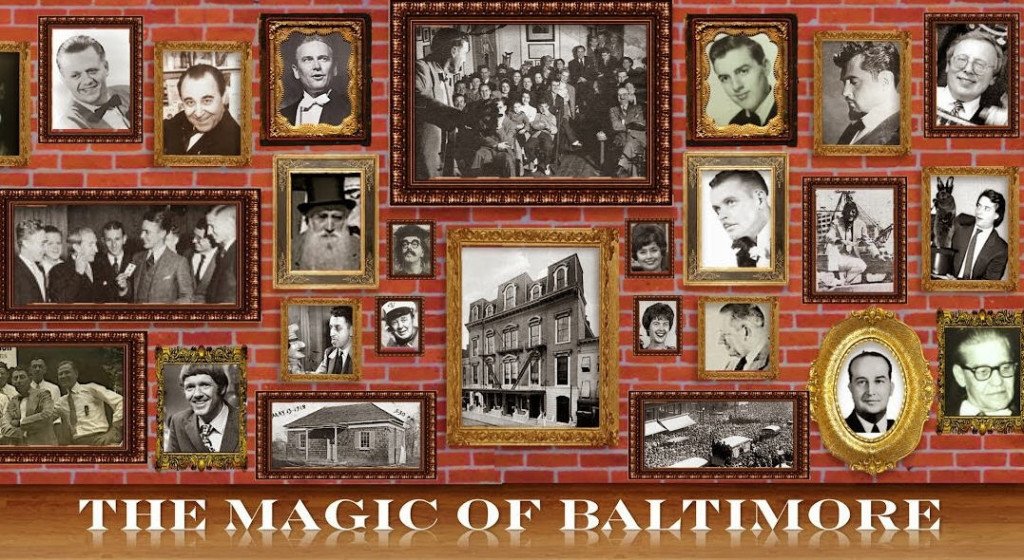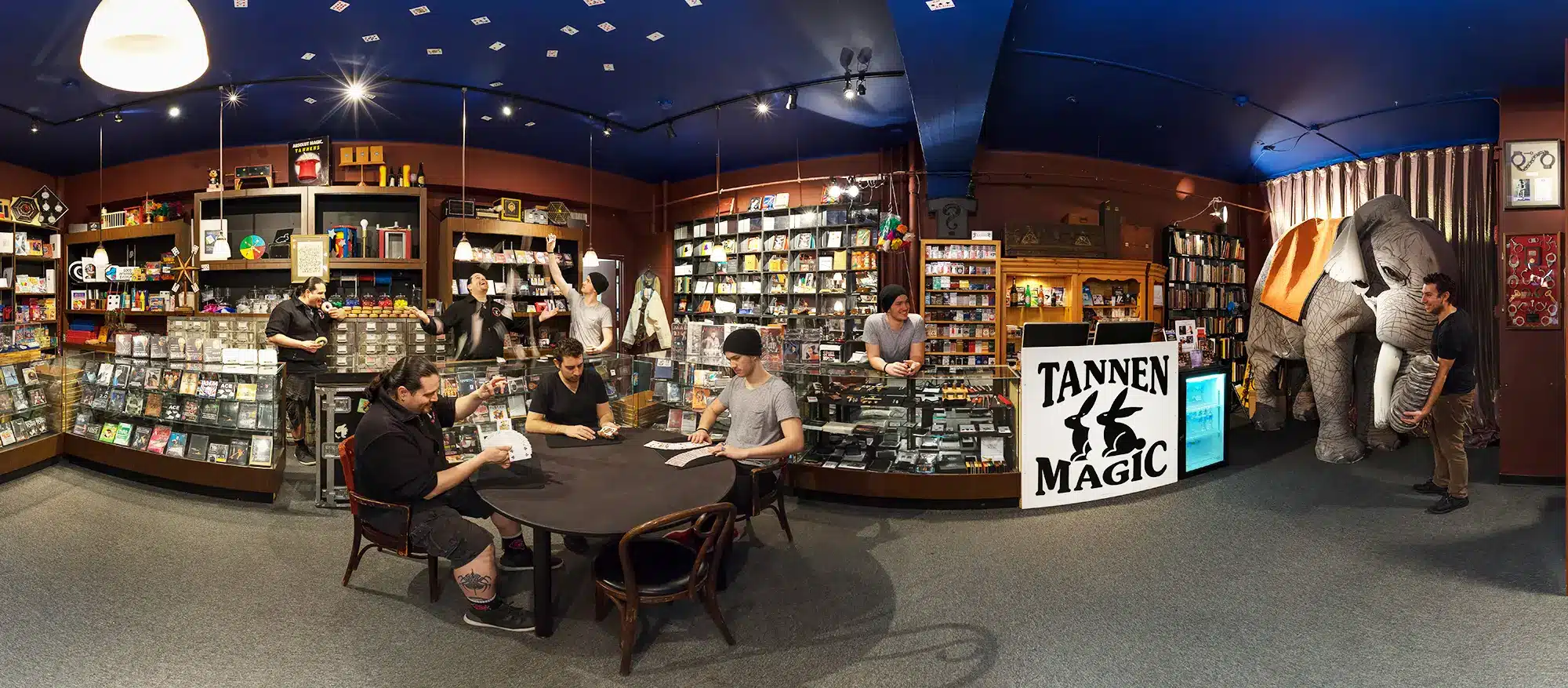
New York City’s Magical Legacy: Key Periods, Figures & Collectible History
New York City has always been a crossroads of wonder—where performers, inventors, spiritualists, and collectors shaped the evolution of modern magic. At MagicTrickCollection.com, we explore this rich heritage to help collectors, historians, and enthusiasts understand the origins and value of the props, creators, and traditions that still influence magic today.
The 20th Century: Magic Shops, Broadway & New Generations of Magicians
As the 20th century unfolded, New York became a breeding ground for innovation and community within the world of magic.
Tannen’s Magic Shop
Founded in 1925, Tannen’s holds the title of America’s oldest continuously operating magic shop. For nearly a century, it has served as both a retailer and a mentor hub—where countless magicians bought their first deck, learned their first sleight, or discovered their first collectible prop.
New York’s Official Magician
In a unique historical moment, Mayor Fiorello La Guardia appointed George Hurwitz as the official magician of New York City. Hurwitz performed for over a million children, proving how magic could build confidence, inspire imagination, and support education.
Magic on Broadway
The 1970s saw a revival of theatrical magic thanks to Doug Henning and his groundbreaking Broadway production The Magic Show. This creative resurgence directly inspired the next generation—including David Copperfield, who grew up visiting New York’s magic shops and later became one of the most influential illusionists in history.
The 19th Century: Spiritualism, Spectacle & the Birth of American Magic
Long before magic shops and grand illusionists became iconic, New York was electrified by the Victorian fascination with the supernatural. Séances, mediums, and spirit demonstrations swept the nation, and New York City became the epicenter of the movement.
NoHo: Where Magic Met Mysticism
The NoHo district became a bustling hotspot for spiritualists and skeptical magicians alike. This vibrant interplay of belief and illusion helped define early American magic, making the area an important landmark for collectors studying 19th-century apparatus and performances.
Houdini’s New York: Innovation, Escape & the Fight Against Fraud
From 1904 to 1926, Harry Houdini called New York City home, living in his Harlem brownstone at 278 West 113th Street. His influence on the city—and on the evolution of magical performance—remains unmatched. Houdini developed and perfected many of his iconic escape acts in New York venues such as: Hammerstein’s Victoria Theatre & The Hippodrome
Martinka & Company: America’s Oldest Magic Shop
Houdini eventually acquired Martinka & Co., adding a bust of himself above the entrance. Later owned by Al Flosso, the shop remains an important part of magic history—and a significant touchpoint for collectors of early 20th-century apparatus.
Tannen"s Magic Shop

Tannen’s Magic Shop is the oldest operating magic shop in New York City, founded in 1925, and a central hub for the magic community. It offers a wide range of magic tricks, supplies, books, as well as private lessons and a renowned magic camp.
- Magic Tricks & Props: Products are categorized by type of magic, including coin magic, card magic, dove magic, knife magic, mentalism, and more. They carry specific items such as multiplying billiard balls, magic canes, dice, and various gaffs and gimmicks.
- Books & Resources: The shop has a large library of books for sale that contain magic secrets and are sealed to protect them. They also host a monthly book club.
- Education: Tannen’s provides one-hour private lessons with professional magicians, available in-person or via Zoom. They also run the famous Tannen’s Magic Camp for young magicians, which has been operating since 1974 and counts David Blaine among its alumni.
- Mystery Box: For those feeling adventurous, the store offers a mystery box containing assorted magic merchandise.
- Events: The shop sometimes hosts workshops, performances, and an “After Hours” interactive show experience.
Harry Houdini & Magic of New York
Harry Houdini performed at the New York Hippodrome (Sixth Avenue between 43rd and 44th Streets) in 1918, where he famously performed the “Vanishing Elephant” illusion, making a full-grown elephant named Jennie disappear from the stage.
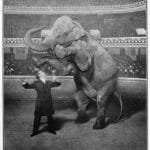 Houdini’s engagement at the New York Hippodrome was the longest continuous engagement in one theater of his career, lasting 19 weeks. The theater was colossal, known for its enormous stage (110 feet deep and 200 feet wide), a massive water tank under the stage, and seating for over 5,000 people.
Houdini’s engagement at the New York Hippodrome was the longest continuous engagement in one theater of his career, lasting 19 weeks. The theater was colossal, known for its enormous stage (110 feet deep and 200 feet wide), a massive water tank under the stage, and seating for over 5,000 people. - The Vanishing Elephant: Using an illusion purchased from magician Charles Morritt, Houdini made an 8,000-pound (or 10,000-pound) elephant named Jennie disappear from a large cabinet in front of thousands of spectators.
- The Submersible Iron-Bound Box Mystery: Houdini extricated himself from chains and a sealed, iron-bound box submerged in the Hippodrome’s large water tank.
- Straitjacket Escape: He escaped from a straitjacket while hanging head-down near the top of the proscenium.
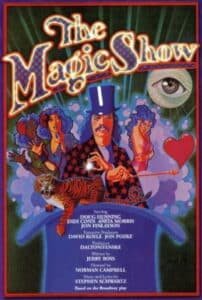 The Magic Show – Doug Henning
The Magic Show – Doug Henning
On Broadway – New York City
The Broadway show The Magic Show was a musical featuring magician Doug Henning that originally ran from 1974 to 1978 at the Cort Theatre. A revival is considered unlikely due to the original production being specifically built around Henning’s illusions.
- Synopsis: The story takes place in a seedy nightclub where young, unconventional magician Doug is hired to replace an aging, alcoholic magician. A love triangle and jealous plotting ensue as a major agent is rumored to be visiting the club.
- Creative team: The musical features music and lyrics by Stephen Schwartz and a book by Bob Randall.
- Original cast: It starred illusionist Doug Henning, alongside Dale Soules as his assistant Cal, Anita Morris as Charmin, and David Ogden Stiers as the rival magician.
- Notable songs: Beloved songs from the score include “Lion Tamer” and “West End Avenue”.
- Success: Despite mixed reviews, the show was a hit and ran for 1,920 performances.

